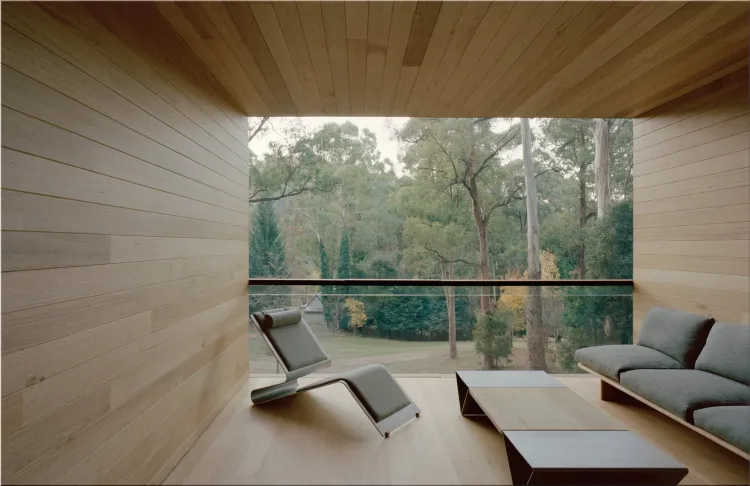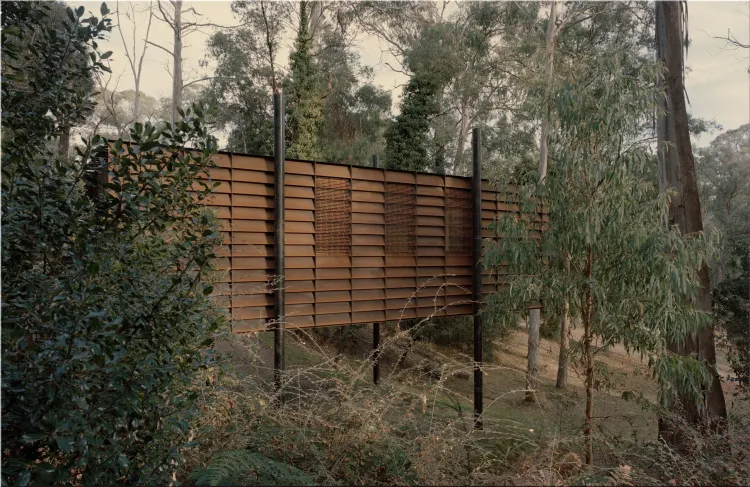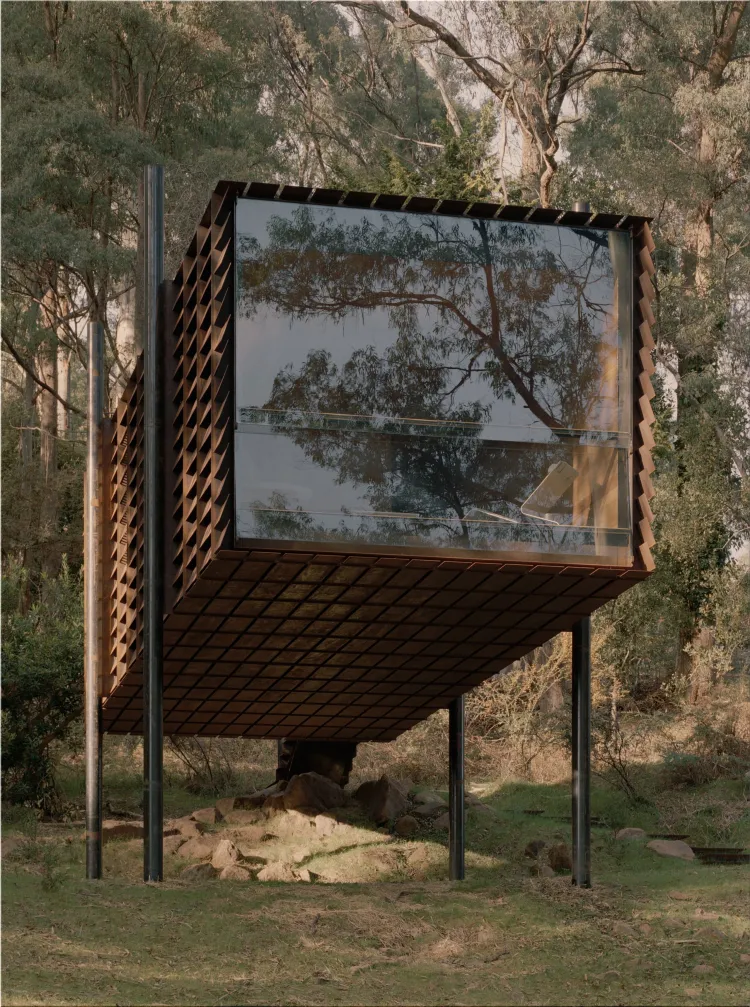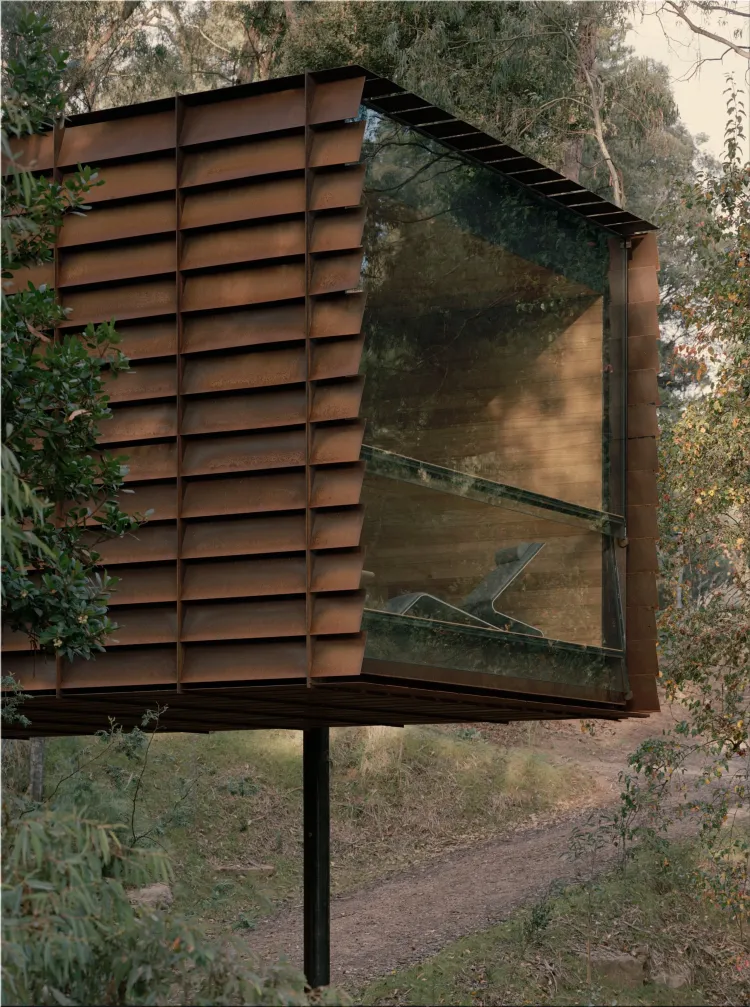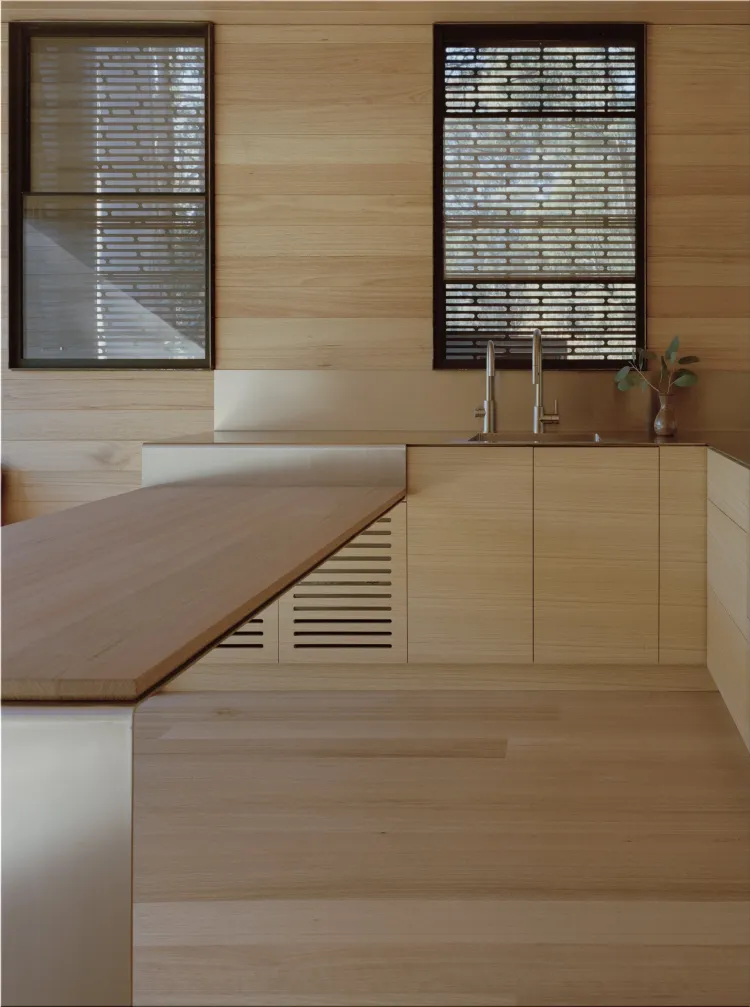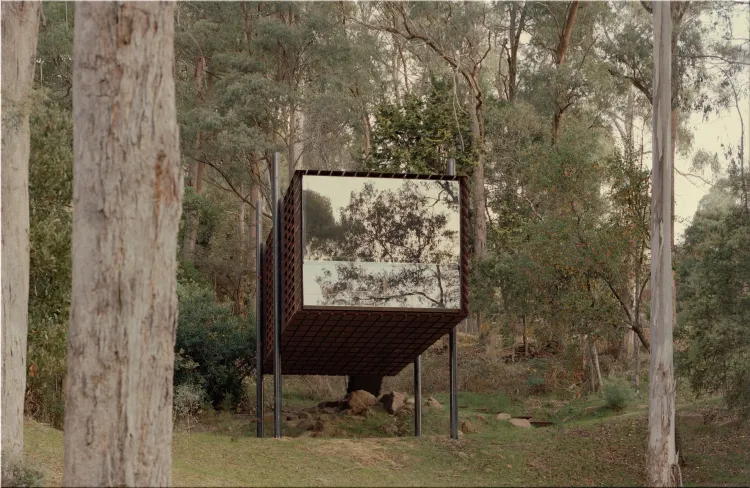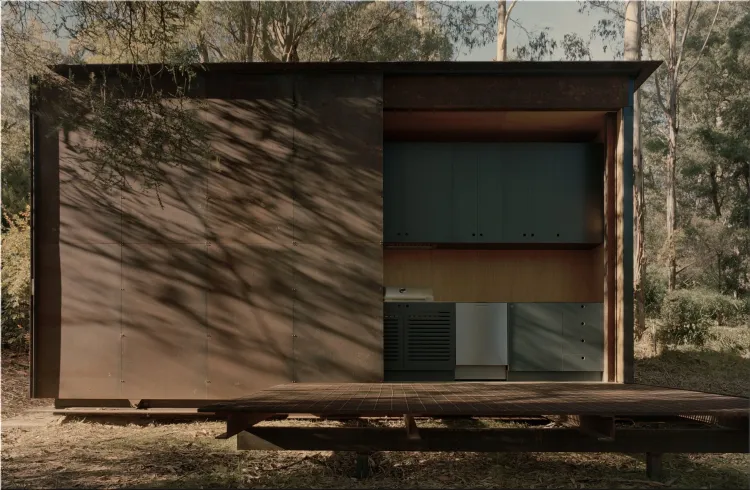Building an Off-Grid Japandi Treehouse: Cost, Design, and Sustainability Tips
The Japandi-style Sawmill Treehouse is a striking example of how modern design can coexist harmoniously with nature. Inspired by the Japandi aesthetic, a blend of Japanese wabi-sabi philosophy and Scandinavian hygge principles, this treehouse offers a serene escape from urban life. Its design emphasizes simplicity, functionality, and a profound connection to the natural environment. Elevated above the ground, the treehouse minimizes its ecological footprint while providing panoramic views of the surrounding forest, making it a sanctuary for those seeking both peace and sustainability.
Design Philosophy
At the core of the Japandi style is a focus on clean lines, neutral tones, and uncluttered spaces. The Sawmill Treehouse captures this essence through its minimalist approach, using natural wood finishes, stone accents, and muted color palettes that mirror the hues of the forest. Every element, from the furniture layout to lighting fixtures, is carefully selected to foster a sense of balance and tranquility. The open floor plan maximizes space and flow, allowing natural light to penetrate deep into the interior. Shoji-style sliding doors and Scandinavian-inspired furnishings further enhance the seamless blend of these two design philosophies.
Key Features of the Design:
- Natural Materials: Uses reclaimed wood, bamboo, and low-VOC paints.
- Space Optimization: Built-in storage and multifunctional furniture maintain a clutter-free environment.
- Visual Continuity: Large windows blur the line between indoor and outdoor spaces.
Integration with Nature
The treehouse is strategically positioned to minimize environmental impact. Elevated platforms prevent soil compaction and protect tree roots, while the use of green roofs and vertical gardens improves insulation and air quality. The large windows do more than just offer views; they reduce reliance on artificial lighting, making the space more energy-efficient. Additionally, the treehouse's orientation leverages passive solar heating in winter and natural ventilation in summer, reducing the need for mechanical climate control.
Ways the Treehouse Integrates with Nature:
- Rainwater Harvesting: Collects and filters rainwater for domestic use.
- Native Landscaping: Surrounding flora is preserved to maintain the local ecosystem.
- Bird-Friendly Glass: Prevents collisions, protecting wildlife.
Sustainability Features
Sustainability is not an afterthought but a guiding principle in the design of the Sawmill Treehouse. Equipped with solar panels and a battery storage system, the treehouse operates independently of external power grids. The energy-efficient appliances and LED lighting further reduce its carbon footprint. A composting toilet and greywater recycling system manage waste sustainably, ensuring that the treehouse’s impact on its surroundings is minimal.
Key Sustainability Features:
- Energy Independence: Solar power and battery backups ensure off-grid living.
- Efficient Insulation: Triple-glazed windows and natural wool insulation conserve energy.
- Low-Waste Construction: Prefabricated elements minimize on-site waste and environmental disturbance.
Interior and Comfort
Inside, the treehouse is a study in functional minimalism. Custom cabinetry and multi-purpose furniture ensure every square foot is utilized effectively. The kitchen features compact yet efficient appliances, and the bathroom includes water-saving fixtures. Neutral tones dominate, accented by natural fibers like linen and cotton, creating a calming, cohesive aesthetic. The wood-burning stove serves as both a practical heating solution and a focal point, enhancing the cozy atmosphere.
Interior Highlights:
- Open Shelving: Reduces visual clutter and makes the space feel larger.
- Natural Fabrics: Organic cotton and wool rugs add warmth and texture.
- Minimalist Decor: Art and accessories are limited to essentials.
Challenges and Solutions
Building an elevated structure in a forested area presents unique challenges, from ensuring structural stability to preserving the natural landscape. The architects used a screw pile foundation system to minimize soil disruption. Local building codes required innovative solutions for waste management, leading to the adoption of composting systems. The remote location also necessitated a focus on energy efficiency and resource management, ensuring the treehouse remains sustainable year-round.
Challenges Overcome:
- Foundation Stability: Screw piles reduce soil impact compared to traditional concrete footings.
- Waste Management: Closed-loop systems prevent groundwater contamination.
- Energy Efficiency: High R-value insulation and passive heating reduce energy needs.
Cost and Feasibility
Building a structure like the Sawmill Treehouse involves a significant investment, primarily due to the cost of sustainable materials and off-grid technologies. The estimated construction cost ranges from $150,000 to $250,000, depending on the level of customization and site-specific requirements. However, the long-term savings in energy and water, combined with the potential for short-term rentals, can offset the initial expenditure.
Cost Breakdown:
- Materials: $60,000 – $90,000 for sustainable woods and fixtures.
- Solar and Water Systems: $20,000 – $40,000.
- Construction and Labor: $70,000 – $120,000.
Conclusion
The Japandi-style Sawmill Treehouse exemplifies how thoughtful design can harmonize with nature without compromising modern comforts. Its blend of Japanese minimalism and Scandinavian efficiency creates a space that is both beautiful and practical. Through the use of sustainable materials, energy independence, and efficient design, it offers a blueprint for future eco-friendly living spaces. For those seeking a retreat that balances aesthetic simplicity with environmental responsibility, this treehouse stands as a compelling option. @via robbiejwalker.
- Add new comment
- 22 views




